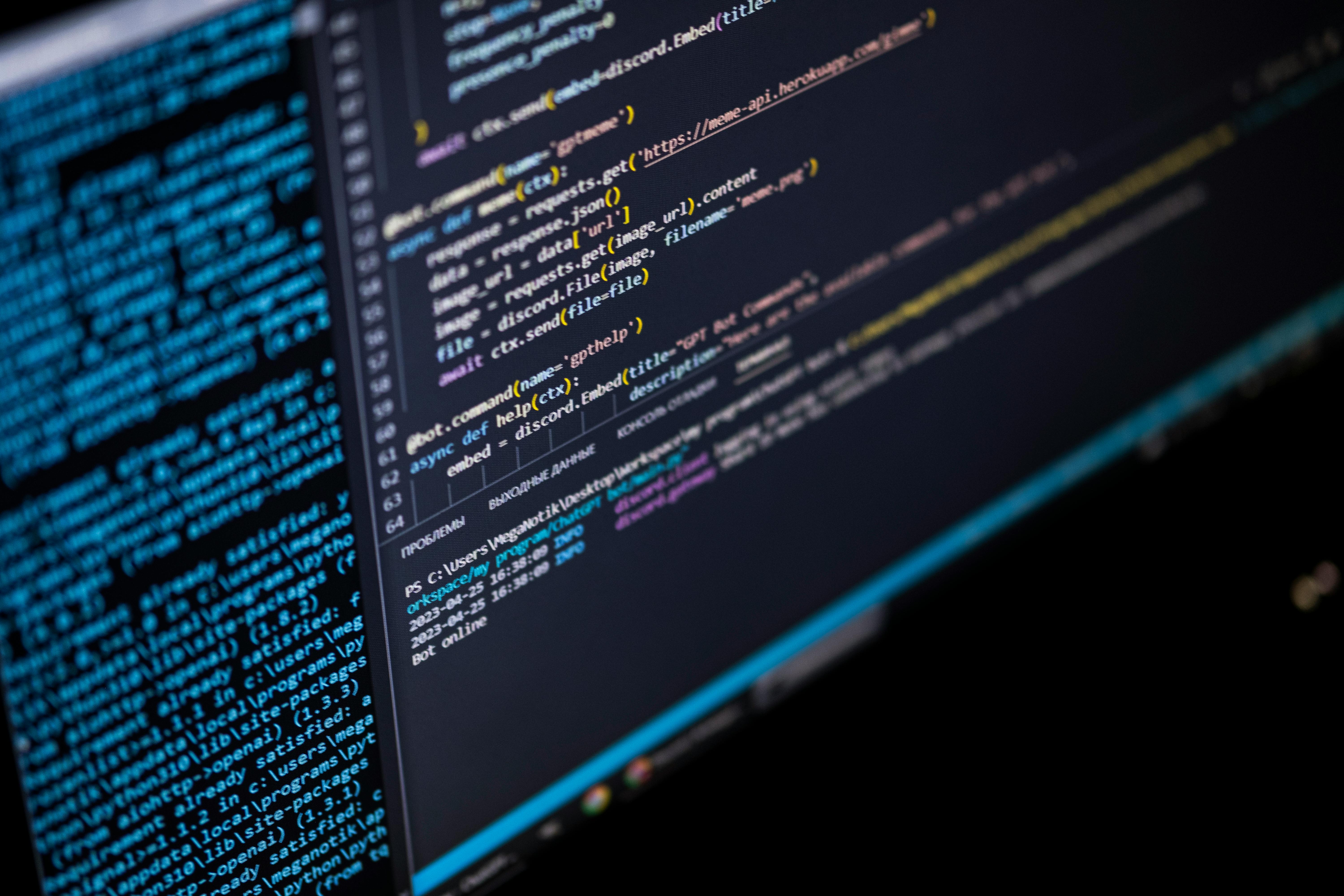Flask vs. Django

What are Flask and Django?
Flask and Django are both popular web frameworks for Python, but they serve different purposes. Flask is a lightweight, minimalist framework, while Django is a full-stack framework with more built-in features and conventions.
When should I choose Flask over Django?
Flask is a great choice for smaller projects or when you prefer flexibility over built-in features. It's easy to get started with and allows you to build applications with only the components you need. If you want to have more control over your project's structure and components, Flask might be the better option.
When is Django the better choice?
Django is ideal for larger, more complex projects where scalability and built-in features like authentication, admin panels, and ORM are crucial. It follows the "batteries-included" philosophy, providing a set of tools and libraries to help you build web applications quickly and efficiently.
Which framework offers better scalability?
Django tends to be more scalable out of the box due to its built-in features and conventions, which help maintain a consistent structure as your project grows. However, Flask can also be scaled effectively by leveraging extensions and carefully architecting your application.
Which framework has a steeper learning curve?
Generally, Django has a steeper learning curve compared to Flask, especially for beginners. This is because Django enforces certain conventions and has more built-in features, which can take some time to master. Flask, on the other hand, is more flexible and easier to grasp initially.
Can I use both Flask and Django together?
Yes, you can use both Flask and Django together in the same project if needed. For example, you might use Flask for specific microservices or APIs within a larger Django project. However, it's essential to consider the complexity and maintainability of your project when combining multiple frameworks.